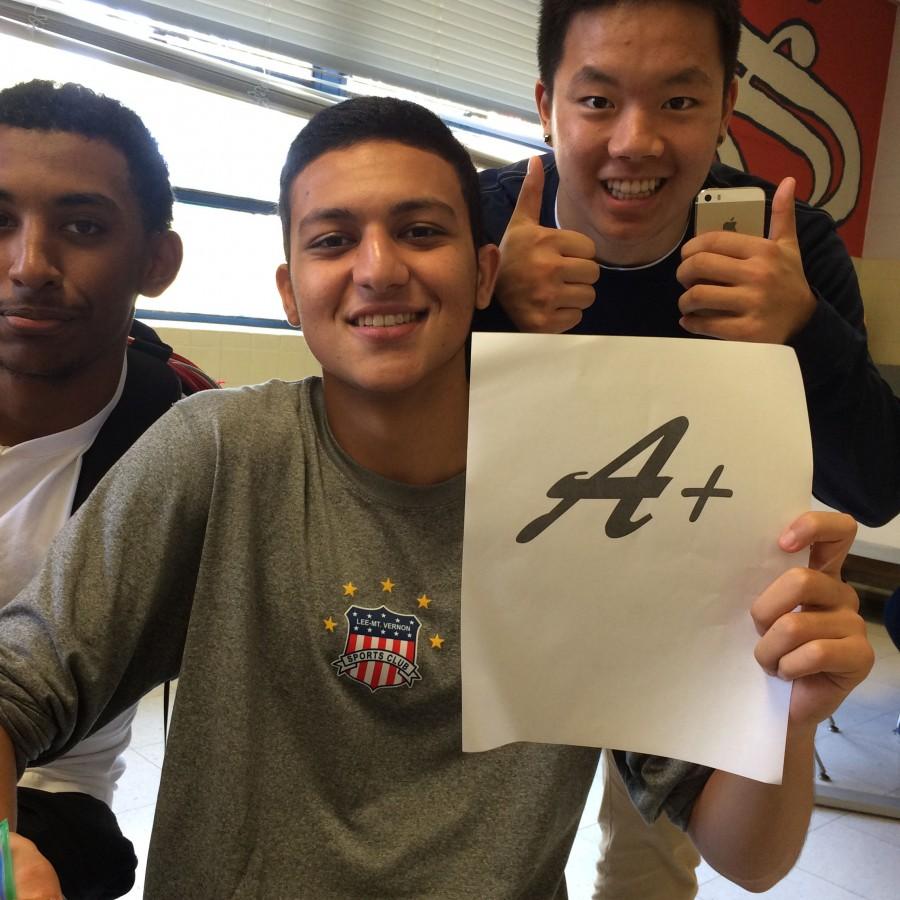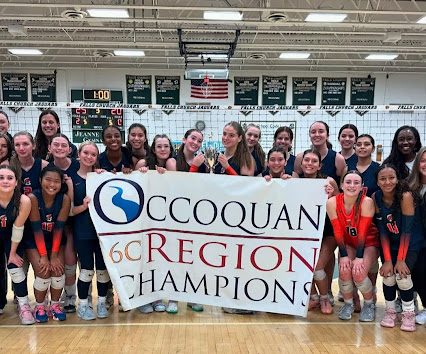Learning standards learning to change
Under Mukai’s plan, which is similar to the format of AP classes, students and teachers would work hand-in-hand to prepare for the course’s final test, which will determine if they have mastered the course objectives.
November 16, 2015
These two words have been discussed a lot around the halls and in the meeting rooms of the administration: learning standards.
A new push, headed by Principal Mike Mukai, seeks to change the traditional (and some may say “outdated”) way in which students are graded on how much they learn in the course of a year.
The basic idea of the plan is to form a committee in Fairfax County that will act almost as the College Board of the whole county, meaning that they will be the ultimate graders of students’ work rather than the teachers.
Mukai, who is a fan of what he calls “Visible Learning,” believes that his new plan would help students learn more and create less stress when it comes to grades.
Students in non AP classes would work hand-in-hand with their teachers to master course material and eventually take unit tests created and graded by the Fairfax County School Board.
Proponents of Mukai’s plan use the relationship between AP students and their teachers as an example of why this plan is necessary. Instead of students working hard to appease a teacher and passing their class, teachers would be working hard with students to prepare them for a test that they have no control over.
There would still be classwork and homework, but the ultimate grade a student would receive would come from the board that will measure whether or not the student has shown mastery of the course concepts.
Mukai hopes this situation would lead to improved relations between teachers and students, as well as encourage teachers to focus more on the mastery of concepts than filling up the grade book.
The first of these changes came this year, as teachers passed out the now familiar Course Objectives paper, detailing all the information students were expected to master in each unit or semester of the school year. This is another key idea to Mukai’s plan, allowing students to retake specific portions of a unit that they struggled with rather than the entire unit test.
So far, the plan is in its infancy, but many believe it would be beneficial to the students and create a more equal spread among how students are graded around the county.
Teachers participated in a recent seminar that detailed how one midwestern school employs self-assessment techniques to help students not only master critical skills but also understand the implications of what he or she is learning.
There are those with doubts about this idea as well, however. Some question how colleges will accept this radically new grading agenda when most of the country would still be following traditional grading methods being one of the main concerns.
Mukaki has told faculty and staff that his “Visible Learning” model would take about 10 years to unfold here, so we should be patient to see what develops. He has also noted that the administration is not interested in taking away grades, just in changing the way students are assessed so that they will have more ownership of their learning.
Whether or not these changes will ever come to fruition remains to be seen, but it certainly brings a new outlook to a student body which often asks the question, “Do these grades I really define who I am?”





